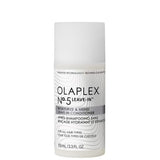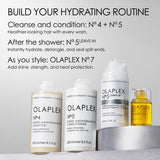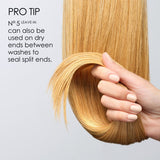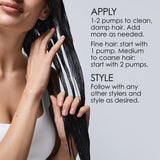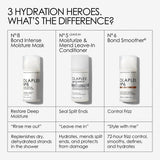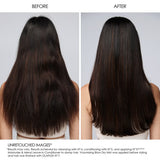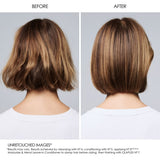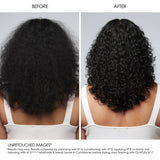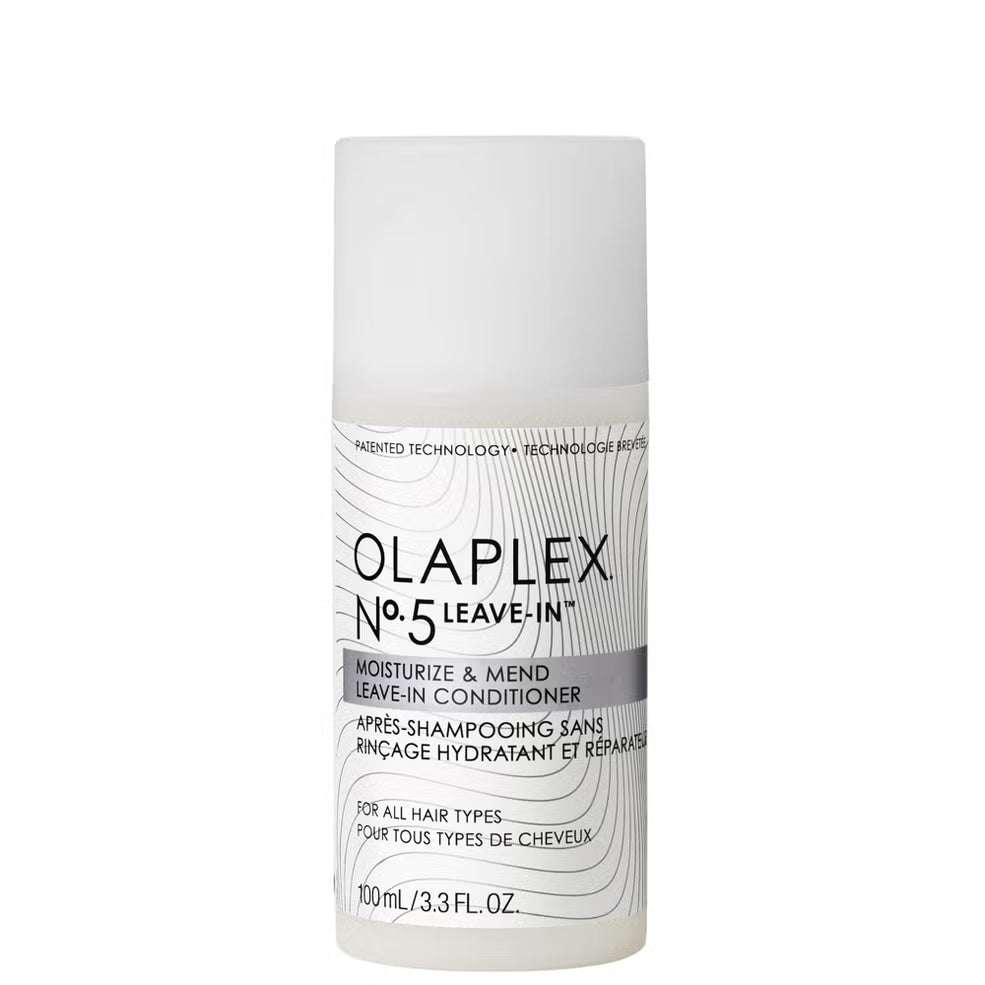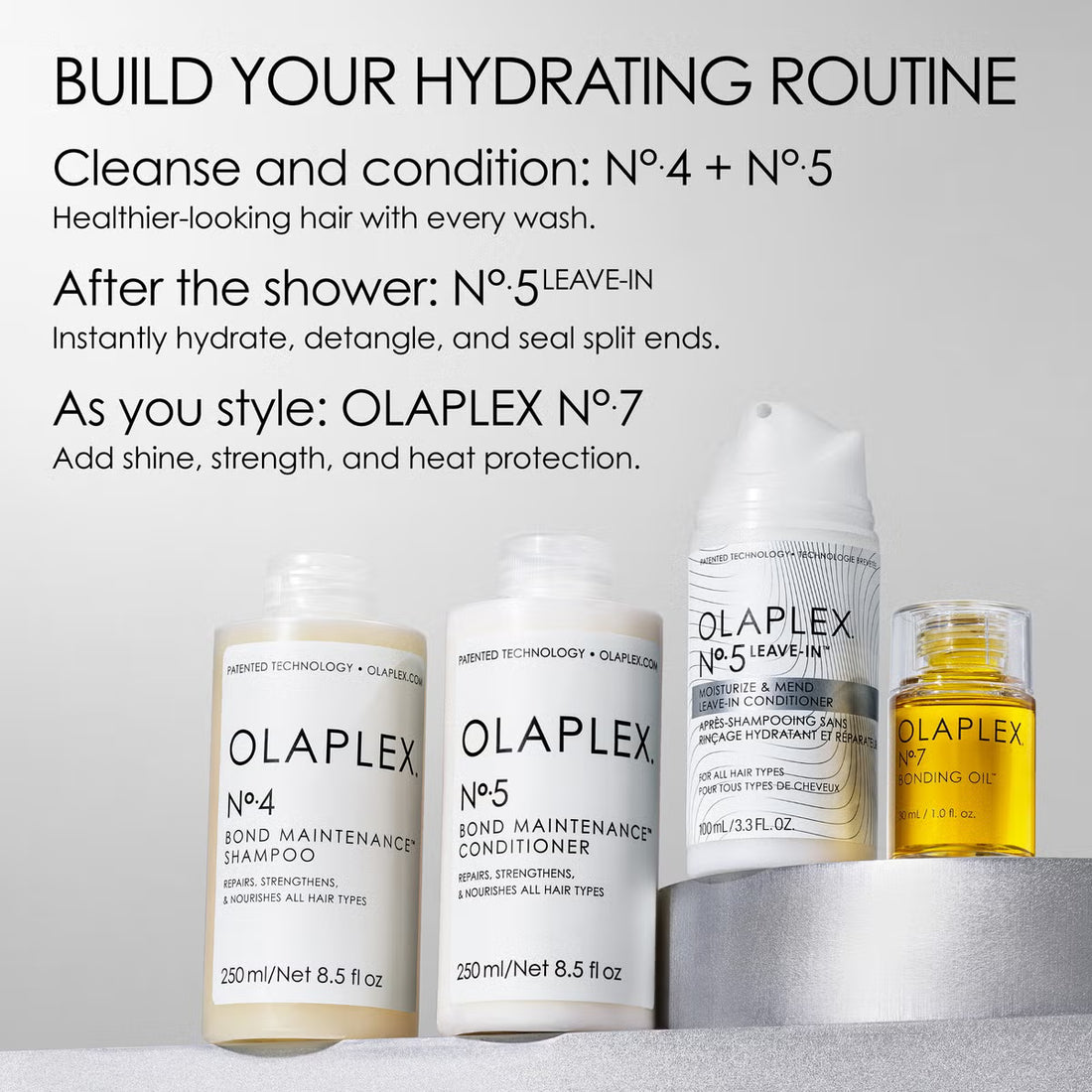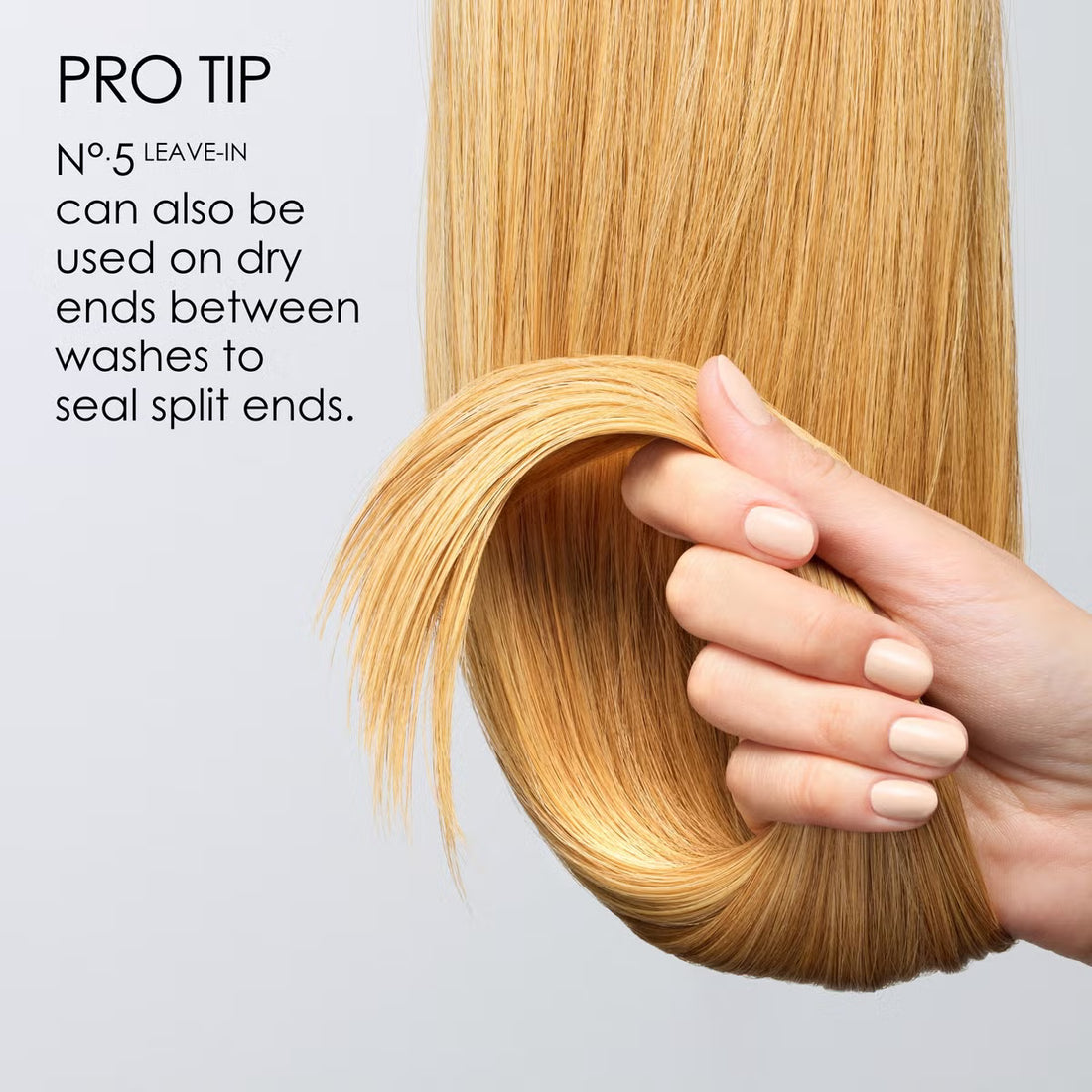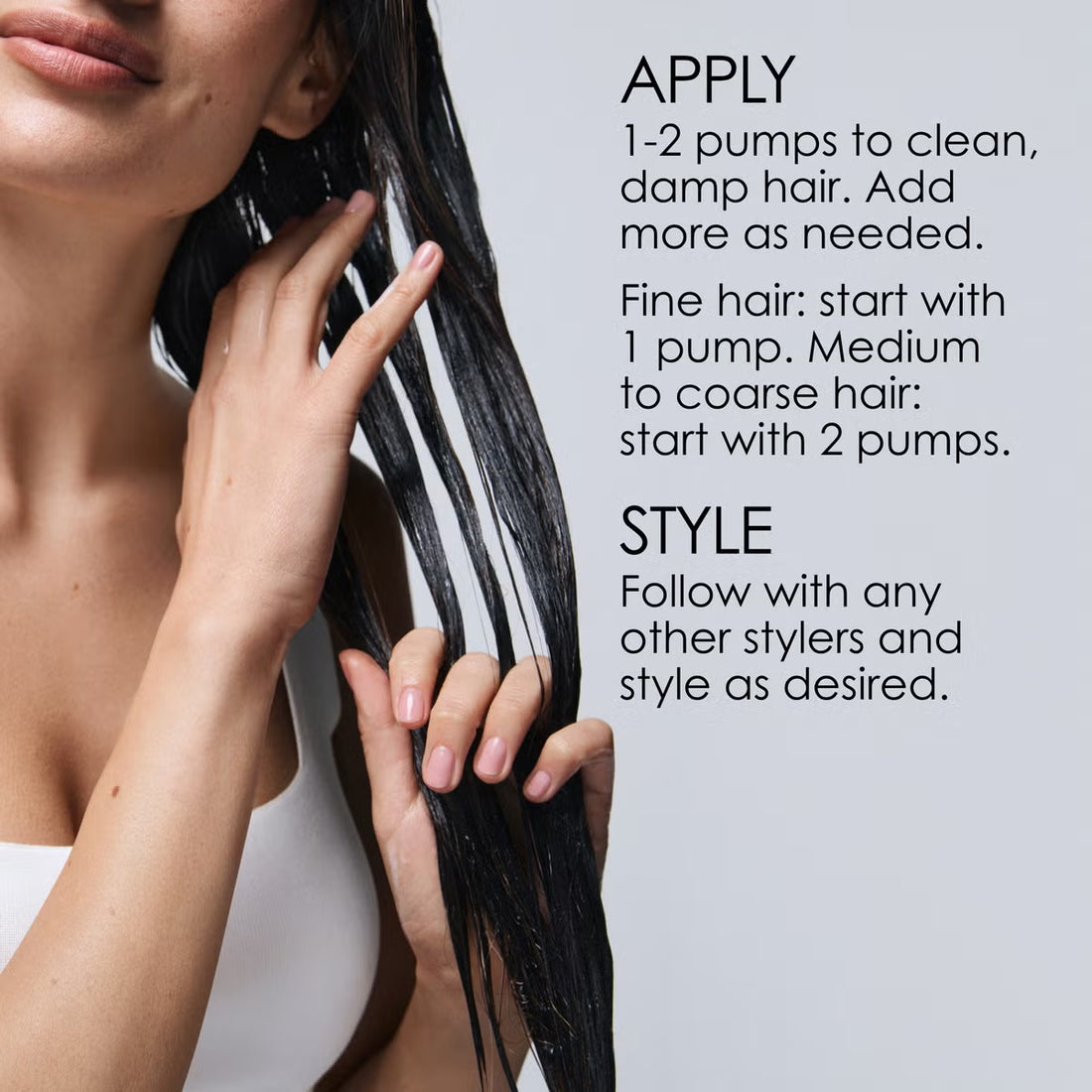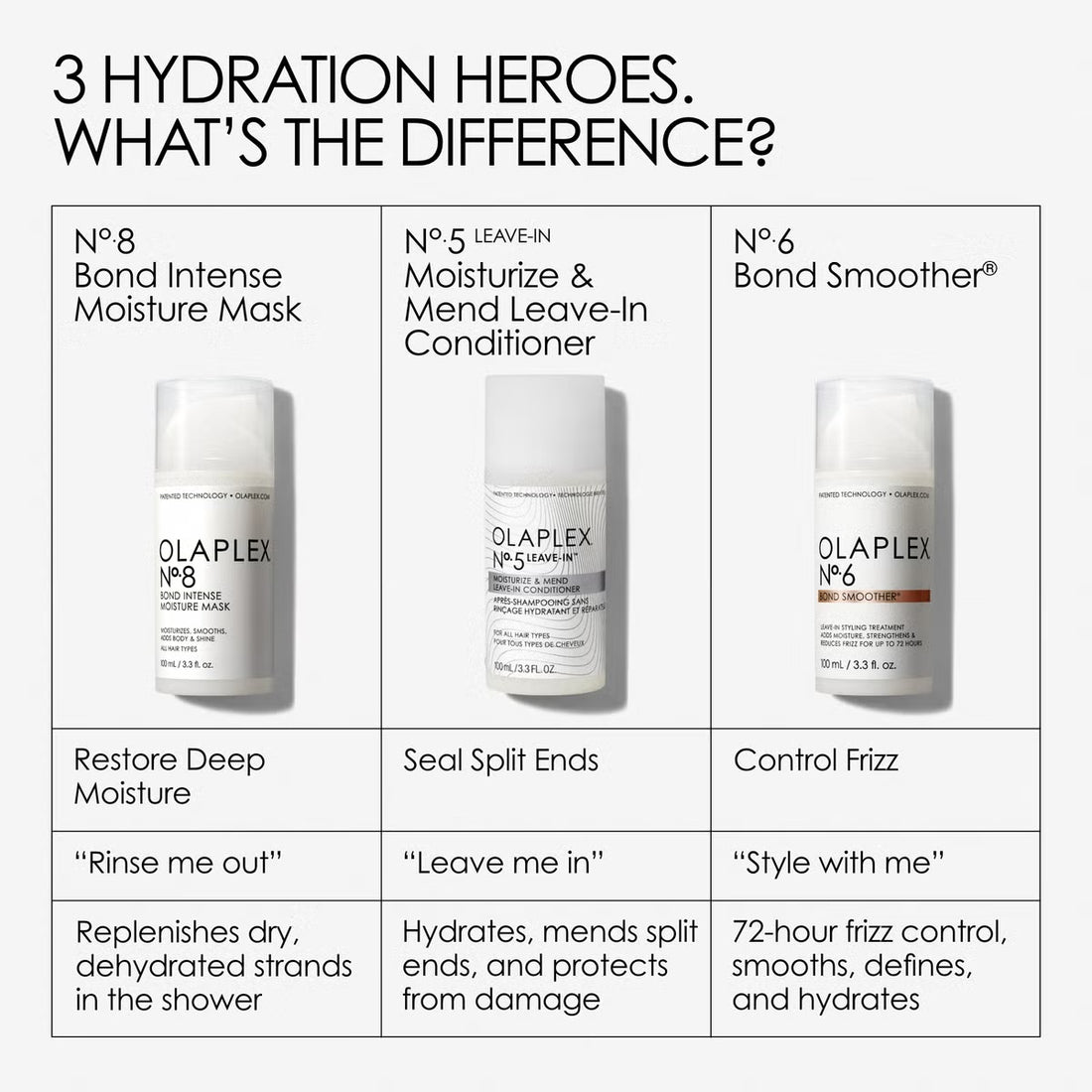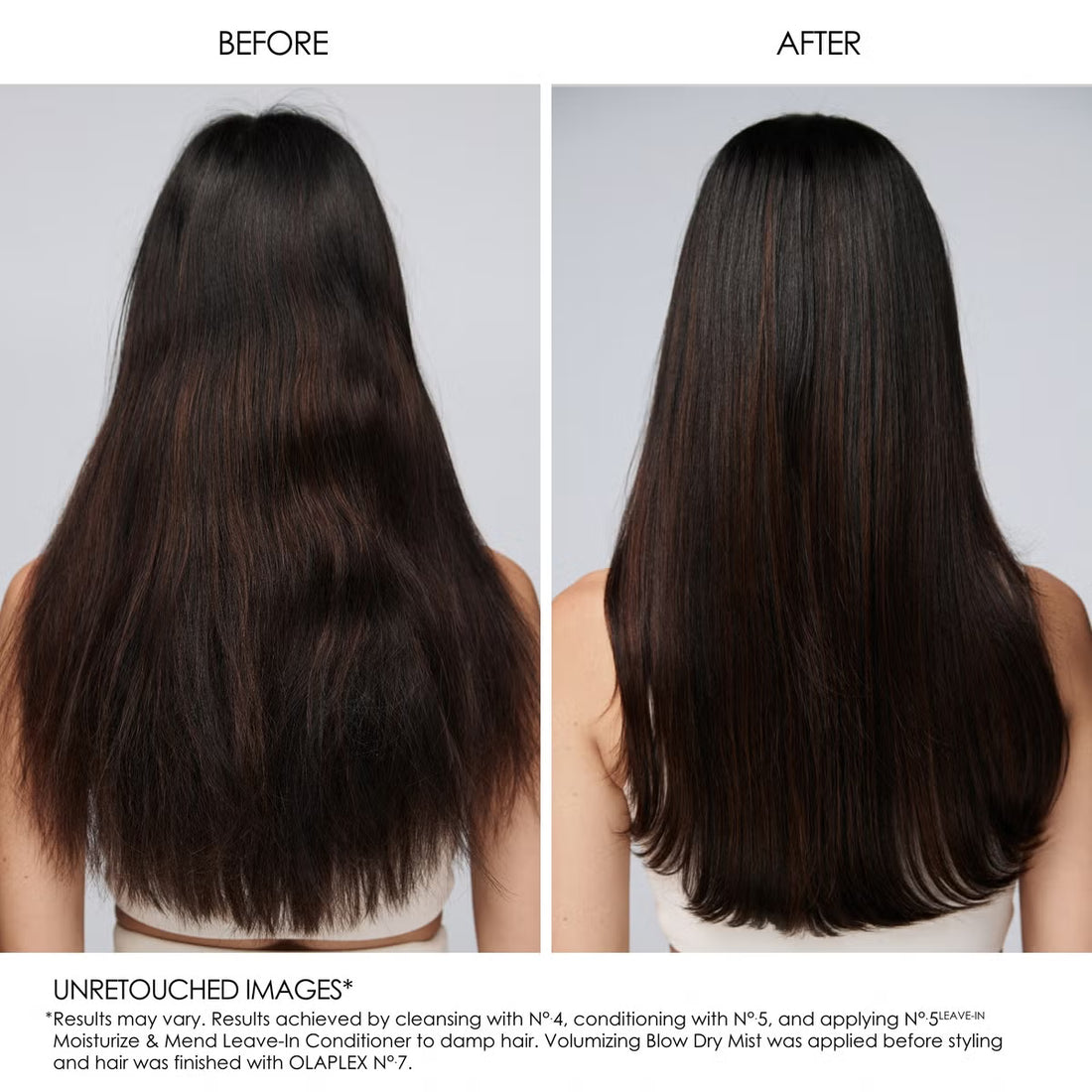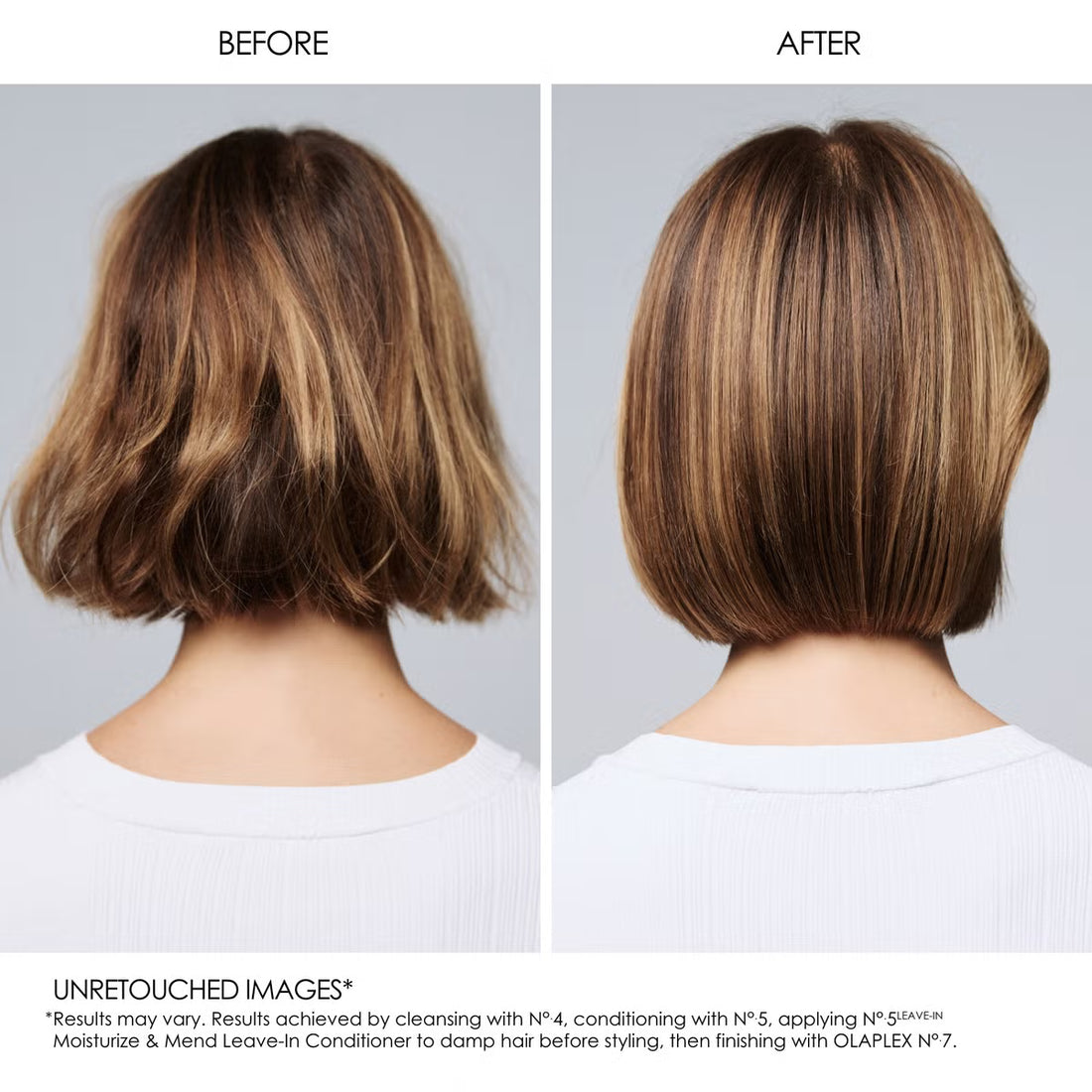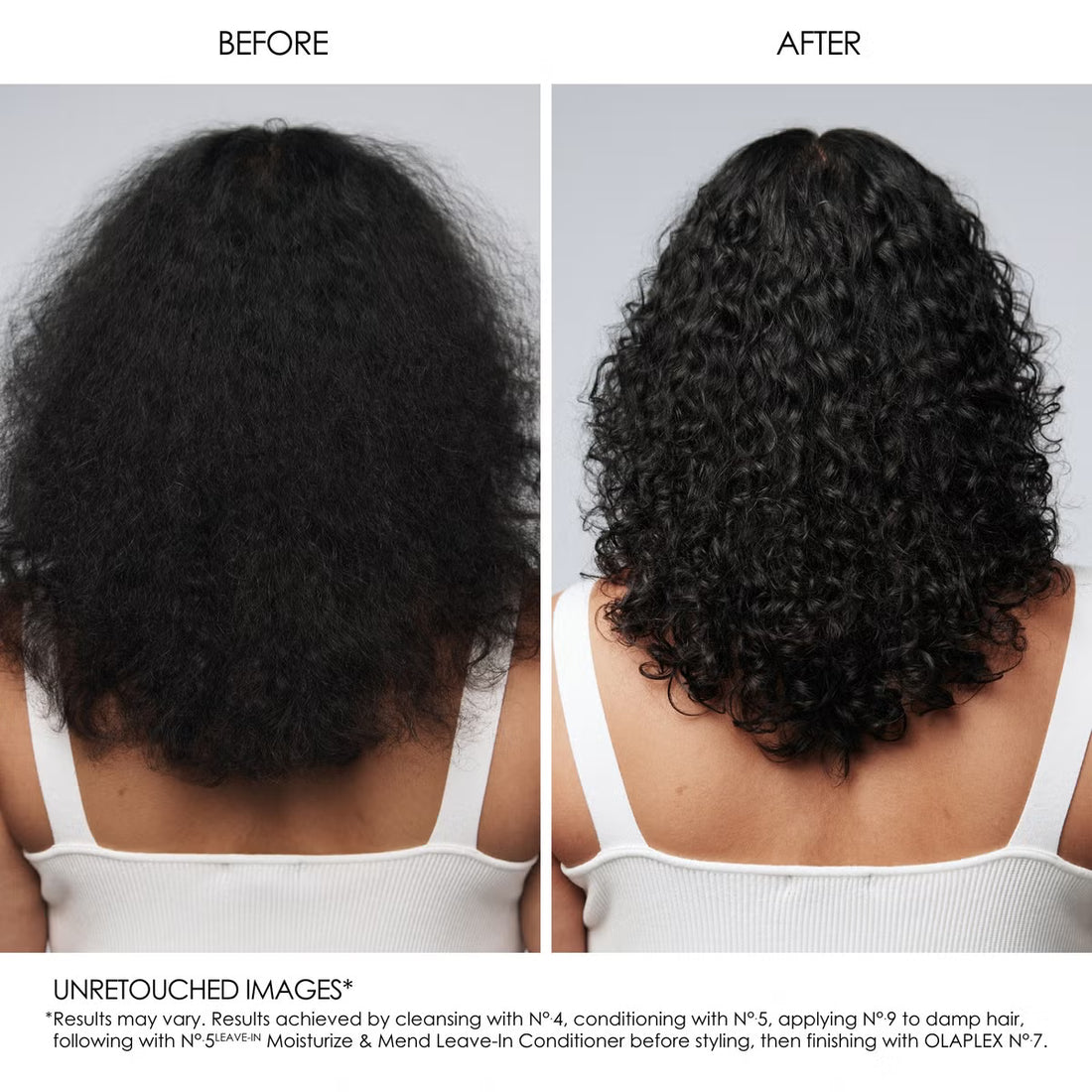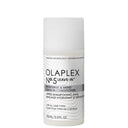Olaplex
Olaplex revolutionised professional haircare with its patented Bis-Aminopropyl Diglycol Dimaleate technology. This breakthrough ingredient repairs the internal hair structure at the molecular level, reducing breakage and improving resilience during and after chemical services.
The brand’s professional and at-home products work in synergy, from the iconic No.1 and No.2 salon treatments to the best-selling No.3 Hair Perfector and complementary shampoos, conditioners and styling products. Together they rebuild bonds, prevent damage and enhance colour longevity.
By transforming how the world approaches hair repair, Olaplex has become a staple in salons and homes worldwide. Its minimalist, high-performance formulas have redefined haircare for healthier, stronger hair.











